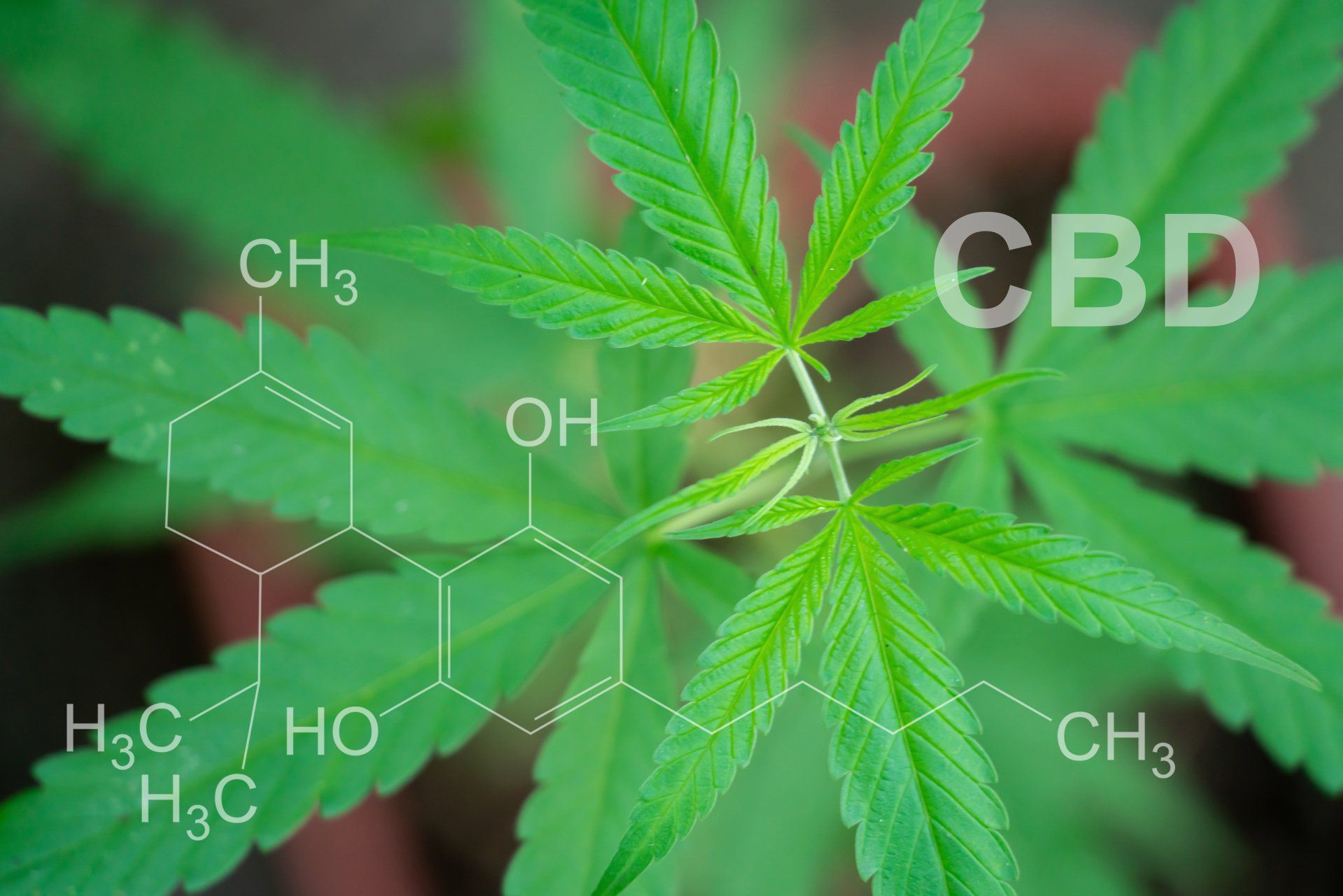The Trauma Brain - April 2020
Julie Cunningham, PMHNP, MBA
Post-Traumatic Stress Disorder
Post-Traumatic Stress Disorder (PTSD) is what happens to some people after having experienced a life-threatening event, or series of events, such as combat, natural disaster, terrorism, serious accidents, or violent personal assaults. Rescuers and witnesses can get PTSD too. After experiencing a traumatic event, the brain is reset to a perpetually more active state and biological changes have been created. PTSD sufferers tend to relive the events through flashbacks, intrusive thoughts, and nightmares, with resulting behaviors such as avoidance of activities or places associated with the trauma, emotional numbness, chronic insomnia, sleep disorders, panic attacks, feeling that the future is shortened, are easily startled, have constant anxiety or fear of future bad events, and violent outbursts. PTSD can be acute or chronic and can occur right after a terrible event or even appear years after the fact. It can also be chronic after years of abuse or growing up in an unpredictable and stressful home, such as with an alcoholic or drug abusing parent. A key to treatment of PTSD is early identification of these symptoms.
Brain Activity
PTSD sufferers also evidence atypical brain wave activity, reduction in the size of the hippocampus, overactivation of the amygdala, excessive arousal of the sympathetic nervous system (the stress response), production of higher than average levels of bodily opiates (endorphins), increased limbic, basal ganglia, and anterior cingulate gyrus activity. They may be likely to suffer from other disorders such as depression, alcohol or drug use, phobias or conduct disorders.
Chemicals
Those at higher risk include people with childhood abuse, family dysfunction and preexisting psychological disorders. PTSD sufferers may have lower base levels of cortisol than normal thus allowing adrenaline to roam free during the trauma. Adrenaline serves to help imprint strong emotional events. Cortisol levels tend to keep adrenaline levels in check. Therefore, a person with lower cortisol levels would be that much more likely to form a strong memory of the trauma.
Brain Scans
Brain scans of people who have suffered from severe trauma or abuse have shown some developed PTSD and some have not. Studies showed, people with PTSD recalled their experience visually while those without PTSD recalled similar experiences verbally. The conclusion was that verbal memory is protective and visual memory is raw and non-protective. The type of memories a patient has may help indicate the appropriate course of treatment. PTSD sufferers who underwent brain scans, prior and post treatment with EMDR, showed significant improvement and a calming of the hyperactive areas in the brain.
Treatments
Psychotherapies with the strongest evidence of improvement in PTSD symptoms include Trauma Focused Psychotherapies such as Prolonged Exposure (PE), Cognitive Processing Therapy (CPT) and Eye Movement Desensitization and Reprocessing (EMDR). Medications may also be helpful as an integrated part of a patient’s treatment. Other goals of treatment may include: A patient becoming involved in things that may help to pursue a purpose in life; Believing in one’s personal control and power and believing that one can grow and learn from negative events; Seeing one-self, in essence, in a more positive light than others might; Having a social support network in order to express optimism and to engage in laughter.
If you need help managing PTSD or have further questions feel free to contact me.
Julie Cunningham, PMHNP, MBA

Hypnosis Hypnosis has been researched for over a century and a lot has been learned about what hypnosis is and how it works. Hypnosis may be useful in treating a variety of issues such as anxiety, depression, weight loss, quitting smoking, phobias, public speaking, low self-esteem, surgical recovery, attention and focus, and pain. You might be asking yourself, “But what exactly is hypnosis and how does it work?” Per the American Psychological Society, the definition of hypnosis is “A state of consciousness involving focused attention and reduced peripheral awareness characterized by an enhanced capacity for response to suggestion.” (APA, 2014) There have been multiple famous people who have used hypnosis to improve their lives, including Samuel Jackson, Ben Affleck, Sean Connery, Whoopi Goldberg, Julia Roberts, Martha Stewart, Mel Gibson, Bruce Willis, Daryl Hannah, Jessica Alba, Kelly Rippa and many more. While in a state of hypnosis, attention is affected and will be focused on the suggestions the hypnotist offers rather than other things that may be going on around us. Also, suggestions given by the hypnotist are received more strongly and effortlessly, and are phrased in a positive connotation. A hypnosis session would start with an induction- an invitation for someone to enter hypnosis- and will typically involve instructions and suggestions for relaxation to help someone to become hypnotized. With practice, a hypnotic state becomes easier and may be achieved more quickly. The term hypnotizability describes an individual’s ability to become hypnotized. For some it is relatively easy to become hypnotized while for others there is more resistance. A persons’ readiness for hypnosis is one factor that may determine ones hypnotizability. Once in a hypnotic state, the subconscious level of the mind is in a state of hyper-suggestibility and deep relaxation, where the patient becomes highly responsive to suggestions. At this time, the hypnotist will offer suggestions in order to help reach your goals for the visit. For example, if someone with a painful leg is hypnotized they may feel focused and relaxed. It is not until they are given a suggestion such as "your leg is beginning to feel numb and insensitive" that they start to experience pain relief. The same is true for other types of suggestions too. Suggestions can be direct, as in the previous example, or they can be indirect such as "you might begin to notice changes in how your leg is feeling". Once the hypnotist has completed giving the suggestions, they will gently bring you out of hypnosis through verbal instruction. The study below further explains hypnosis, its uses and effectiveness, as well as brain changes that occur during hypnosis. A Study: Dr. David Spiegel at the Stanford University School of Medicine has been studying hypnosis since 1972 and has made vast contributions to the science of hypnosis through his research. David Spiegel, M.D., is professor and associate chair of psychiatry and behavioral sciences at Stanford University. He has extensive study and research related to the effects of hypnosis related to cancer pain and found that self-hypnosis exercises as part of a group therapy experience had a direct effect in altering the patient’s perception of pain. In addition to his work with cancer, Spiegel has studied how hypnosis can be used in other applications including: 1) How hypnotic visual illusion alters color processing in the brain 2) How hypnosis can help with the modulation of gastric acid secretion 3) How hypnosis can reduce stress during an invasive medical procedure. Through research, Dr. Spiegel wanted to uncover that since hypnosis was a change of state, there must also be some type of change in the brain, and there must be a way of seeing this change. In 2016, he gathered a team of researchers and conducted a study to prove their suspicion. The study was called “Brain Activity and Functional Connectivity Associated with Hypnosis”. The purpose of the study was to try to identify changes in brain activity during the hypnotic state. From a group of 547 people, Spiegel and his colleagues chose 57 subjects – 36 with high hypnotizability and 21 with low hypnotizability. Both groups were subjected to a series of fMRI (functional magnetic resonance imaging) scans under the same 4 conditions: 1) while resting 2) when recalling a memory, 3&4) during two different hypnosis experiences guided by pre-recorded instructions. Results: Researchers noticed there were brain changes happening to the first set of highly-hypnotizable people, which were: 1) A drop in activity in the dorsal anterior cingulate (the part of the brain that’s stimulated when you’re worried) 2) An increase in connectivity between certain areas of the brain, specifically the dorsolateral prefrontal cortex or DLPFC (a part of the brain responsible for planning and organization) and the insula (a part of the brain designed to help regulate body functions) 3) A decrease in connectivity between certain areas of the brain, this time between the DLPCF and part of the brain concerned with self-reflection. This explains why people are less inhibited while in a hypnotic trance, and how it is possible to increase someone’s self-esteem using only the power of suggestion. Conclusion: Dr. Spiegel believes that what we’re seeing is a kind of rewiring of the brain. That makes sense when you consider his findings. For example, if highly-hypnotizable people are indeed more relaxed and worry-free, then that might explain why hypnosis is such a powerful tool in the relief of stress and anxiety. If there is indeed a stronger connection between the brain and the body during hypnosis, then that might explain how it is possible to control or even eliminate pain using only hypnosis to fight it off. If highly-hypnotizable people become less inhibited while in a hypnotic trance, that might explain how it is possible to increase someone’s self-esteem using only the power of suggestion. According to Spiegel, it’s likely that people who are highly-hypnotizable will have had some kind of traumatic experience early in their life. These experiences naturally create a certain amount of stress, and the way a person deals with that stress could lead to a rewiring of the brain as a result of some connections being strengthened, while others are weakened. He also believes that people who were read stories by their parents, and have made good use of their imagination in other ways while growing up, appear to be more hypnotizable as adults. Of course, this one study is not enough to nail things down one way or the other. There needs to be a lot more research done that duplicates Spiegel’s findings. What his work does mean is that we’re finally beginning to understand what’s happening inside the brain during hypnosis. You may find more information on this study at the following link: Click here If you are interested in the many benefits of hypnosis feel free to contact me for a consult. Julie Cunningham, PMHNP, MBA





